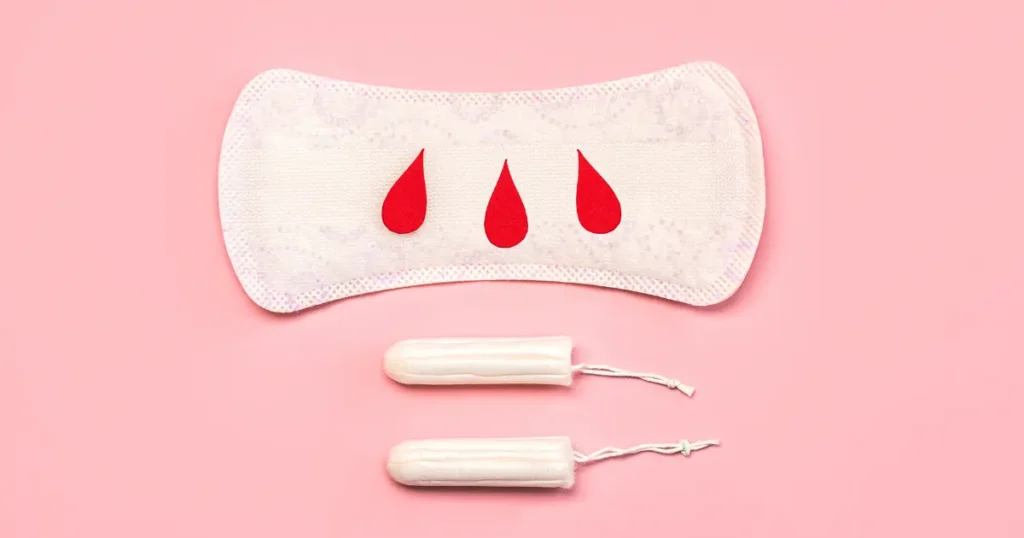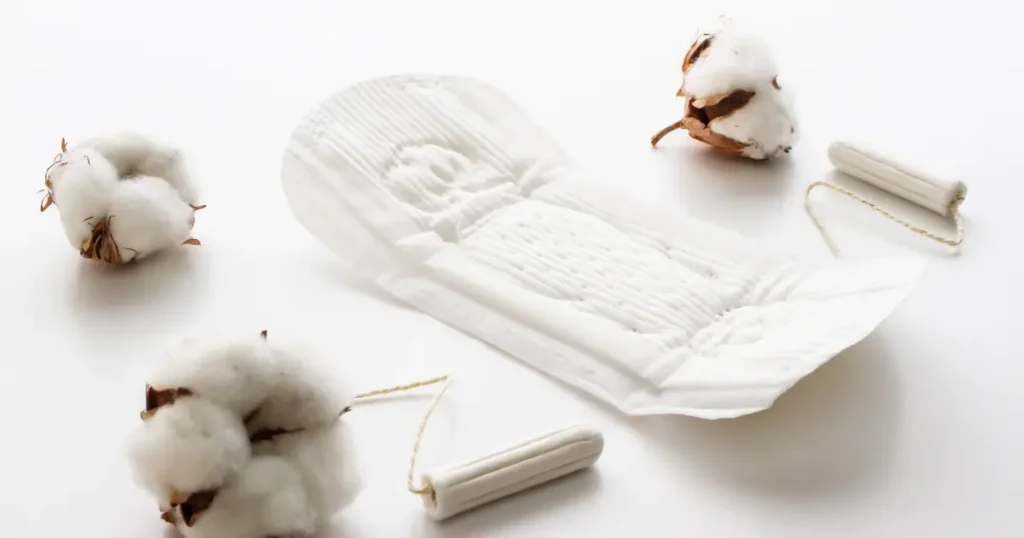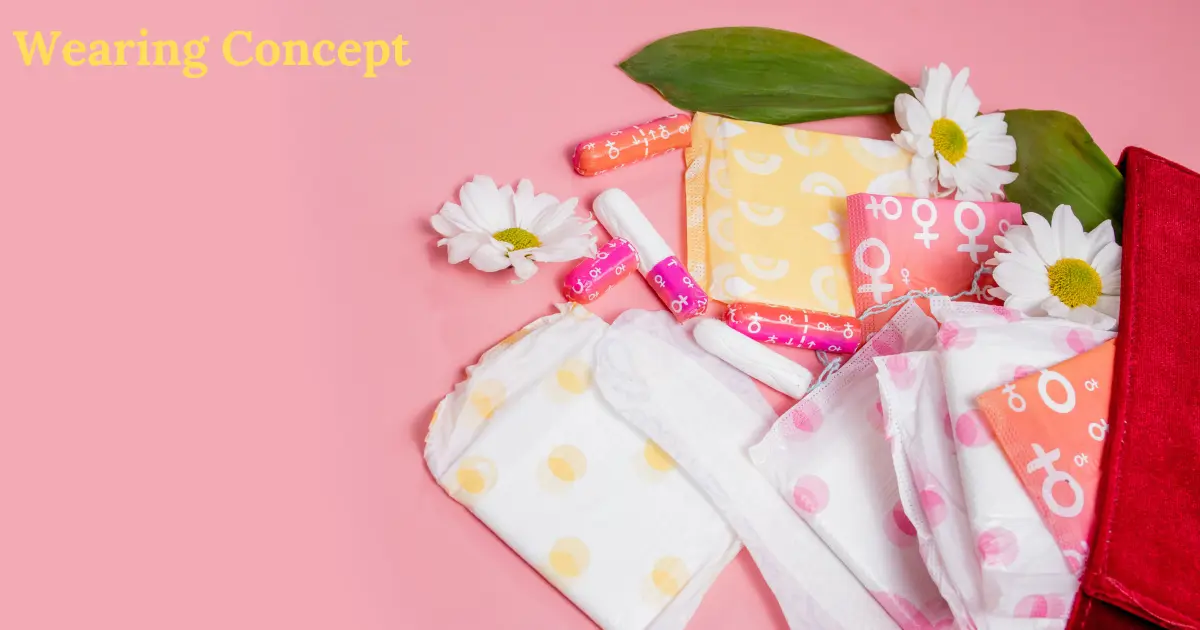Choosing between Pads or Tampons is a personal decision that many individuals face during their menstrual cycles. Both options have their own sets of advantages and disadvantages, and the choice often depends on personal preference, comfort, and lifestyle. This article will delve into the pros and cons of pads and tampons, providing a comprehensive guide to help you make an informed decision.
What are Pads?

Pads, also known as sanitary napkins, are absorbent items worn outside the body to absorb menstrual flow. They are attached to the inside of underwear with adhesive strips.
Types of Pads
- Regular Pads: Suitable for light to medium flow.
- Super Absorbent Pads: Designed for heavier flow.
- Overnight Pads: Longer and more absorbent for overnight use.
- Panty Liners: Thin pads for very light flow or daily freshness.
Advantages of Pads
- Easy to Use: Simple to apply and remove.
- No Insertion Required: Ideal for those uncomfortable with internal products.
- Variety of Options: Available in different sizes and absorbencies.
Disadvantages of Pads
- Visibility: Can be visible under tight clothing.
- Movement: Can shift during physical activities.
- Environmental Impact: Disposable pads contribute to waste.
What are Tampons?
Tampons are cylindrical products inserted into the vagina to absorb menstrual flow directly at the source. They expand to fit the vaginal canal and prevent leaks.
Types of Tampons
- Applicator Tampons: Come with a plastic or cardboard applicator for easy insertion.
- Non-Applicator Tampons: Inserted using fingers.
- Organic Tampons: Made from organic cotton without chemicals.
- Super Absorbent Tampons: For heavy flow days.
Advantages of Tampons
- Discreet: Less visible under clothing.
- Active Lifestyle: Ideal for sports and swimming.
- Less Odor: Absorbs blood before it leaves the body, reducing odor.
Disadvantages of Tampons
- Insertion Required: Can be uncomfortable for some users.
- Risk of Toxic Shock Syndrome (TSS): Rare but serious bacterial infection.
- Environmental Impact: Like pads, disposable tampons contribute to waste.
Are Pads or Tampons Safer?
Both pads and tampons are safe when used correctly. However, tampons carry a small risk of Toxic Shock Syndrome (TSS), a rare but serious condition. To minimize this risk, tampons should be changed every 4-8 hours and used according to the instructions.
Safety Tips
- Pads: Change every 4-6 hours to maintain hygiene and prevent irritation.
- Tampons: Choose the lowest absorbency necessary and change frequently.
Which is More Comfortable: Pads or Tampons?
Comfort is subjective and varies from person to person. Some find pads more comfortable because they don’t require insertion, while others prefer tampons for their discreetness and ability to stay in place during physical activities.
Factors Affecting Comfort
- Activity Level: Tampons are often preferred during sports or swimming.
- Sensitivity: Those with sensitive skin may prefer pads to avoid irritation.
- Flow Level: Heavy flow might require super absorbent options in either pads or tampons.
Environmental Impact: Pads vs. Tampons
Both pads and tampons have environmental impacts due to their disposable nature. However, there are eco-friendly options available for both.
Eco-Friendly Alternatives
- Reusable Pads: Made from cloth and can be washed and reused.
- Menstrual Cups: Inserted like tampons but reusable.
- Organic Products: Pads and tampons made from organic, biodegradable materials.
Comparison Table: Pads vs. Tampons Environmental Impact
| Feature | Pads | Tampons |
|---|---|---|
| Material | Synthetic fibers, cotton | Cotton, rayon |
| Disposal | Disposable, single-use | Disposable, single-use |
| Reusable Options | Cloth pads | Menstrual cups, reusable tampon applicators |
| Environmental Impact | High (if disposable) | High (if disposable) |
You Sleep with a Tampon In?
Yes, you can sleep with a tampon in, but it should be changed before 8 hours to reduce the risk of TSS. For overnight protection, some prefer using pads as they offer longer protection without the need for insertion.
How to Choose Between Pads and Tampons

Choosing between pads and tampons depends on personal preference, lifestyle, and comfort. Here are some factors to consider:
Lifestyle
- Active Lifestyle: Tampons are often preferred for activities like swimming and sports.
- Comfort at Night: Pads might be more comfortable for overnight use.
Personal Comfort
- Insertion Comfort: Those uncomfortable with inserting tampons might prefer pads.
- Skin Sensitivity: Individuals with sensitive skin may choose pads to avoid irritation.
Flow Level
- Light Flow: Panty liners or light absorbency tampons.
- Heavy Flow: Super absorbent pads or tampons.
Conclusion
Choosing between pads and tampons is a personal decision that depends on various factors such as comfort, lifestyle, and menstrual flow. Pads are easy to use and ideal for those uncomfortable with insertion, while tampons offer discreetness and are suitable for active lifestyles. Both options have their own environmental impacts, but eco-friendly alternatives are available. Understanding the pros and cons of each can help you make an informed decision that best suits your needs
Frequently Asked Questions (FAQs)
Here are some frequently asked question given below:
Can Young Girls Use Tampons?
Yes, young girls can use tampons. It’s important to start with the smallest size and follow the instructions for insertion and removal. Comfort and proper usage are key.
How Often Should I Change My Pad or Tampon?
Pads should be changed every 4-6 hours, and tampons every 4-8 hours. Change more frequently if you have a heavy flow.
Are Organic Pads and Tampons Better?
Organic pads and tampons are free from chemicals and pesticides, making them a good choice for those with sensitive skin or environmental concerns.
What Should I Do if My Tampon Gets Stuck?
If you have difficulty removing a tampon, relax and try to gently pull it out. If it remains stuck, seek medical assistance.
Can I Use Pads or Tampons with a Menstrual Cup?
Using pads with a menstrual cup is possible for added protection, but tampons should not be used with a menstrual cup.
